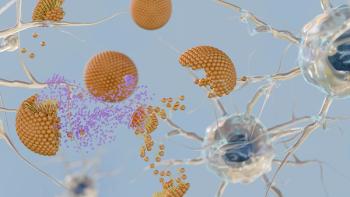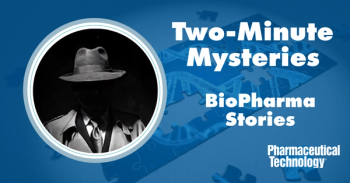
A New Direction in Cell Therapies: Antibody-Cell Conjugation
Adheren relies on chemical modifications, rather than genetic engineering, to create its cell-based immunotherapies.
An exciting new direction in cell therapies is in the works: attaching antibodies directly to immune cells to create anti-cancer T-cell therapies. Matthew B. Francis presented this new technology during the Catalent Applied Drug Delivery Institute meeting, “Advances in Biologics Development and Delivery,” on March 24, 2016. Francis is a professor of chemistry and executive associate dean in the college of chemistry at UC Berkeley and is also a key management team member at
Adheren’s anti-cancer T-cell therapy-known as antibody conjugated effector T cells (ACE-T)-is unlike many other chimeric antigen receptor T-cell (CAR-T) therapies that are already in development. CAR-T therapies typically contain modified monoclonal antibody single-chain variable fragments (scFv) that are genetically engineered to present on the T cells.
Through an adhesion mechanism that is driven by chemical modifications, Francis said Adheren’s antibodies can synthetically attach to T cells or natural killer (NK) cells without undergoing any gene modifications. The antibody-cell conjugates also do not have to undergo long-term culture conditions like CAR-T therapies do. Typical CAR-T therapies take approximately 3 weeks to culture and administer and can be very expensive. Adheren’s “point of care” T-cell therapy process takes only 2–3 hours, said Francis. The steps within the shortened process would include leukapheresis, automated T-cell modification, modified T-cell infusion, and chemotherapy.
Antibody loading on cell surfaces can be controlled in these ACE-T cells, Francis says, and a dose of ACE-T can easily be titrated, unlike a CAR-T therapy, which expands in vivo.
Matthews said that when their ACE-T cells were tested on solid tumors in mouse models, the animals were tumor-free after only 31 days. In comparison, Herceptin (trastuzumab) alone did not demonstrate this level of efficacy. Western blot analysis told the researchers that they were hitting many targets independently, noted Francis. According to the Adheren website, the “ACE-T approach is readily compatible with any developed and future antibodies.”
Although Francis admitted the researchers do not know the exact mechanism of action of their investigational molecule, he said he suspects there are co-stimulatory mechanisms at play, or there is some parallel pathway activation. He said that unlike in CAR-T, where there is too much activation of IL-6-a phenomenon that causes an inflammatory response known as cytokine storm-there was barely any IL-6 present after administration of their ACE-T cells. Francis attributed this to the fact that because no genetic engineering was required to make ACE-T cells, there was less aggressive activation of the cytokine response than there typically would be for a genetically engineered CAR-T therapy.
Newsletter
Stay at the forefront of biopharmaceutical innovation—subscribe to BioPharm International for expert insights on drug development, manufacturing, compliance, and more.





